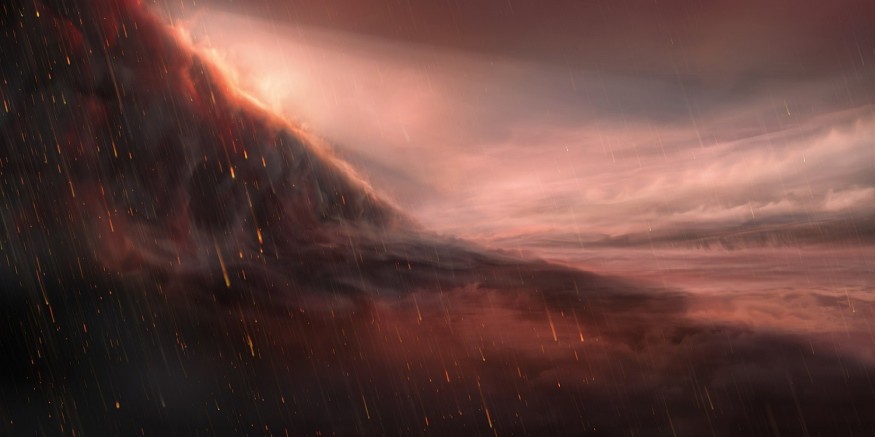The James Webb Space Telescope (JWST) will survey 20 exoplanetary systems. The International Astronomical Union (IAU) sponsors a competition to name these systems.
NameExoWorlds 2022 is a contest that aims to unite amateur and professional astronomers to name 20 chosen exoplanets and their host stars while also establishing connections between space research and diverse civilizations on Earth.
Why JWST Needs to Study Exoplanets
Space.com mentioned that entrants must organize a team that includes a mix of students, instructors, astronomy lovers, amateur and professional astronomers to name an exoplanet and its star.
Teams should select a target system, generate name suggestions, and then submit their suggestions along with a description of the cultural background of the planet and host star.
Written and video submissions of proposals are required. Also, assisting teams will be IAU National Outreach Coordinators (NOCs).
A two-step selection procedure will be used for the proposals. The national candidate and two backup candidates will be chosen first by a national selection panel headed by NOCs.
A final selection committee will then choose a name for each ExoWorld after taking into account the choices put up by each nation.
"It is exciting to have a new NameExoWorlds competition underway to celebrate the 10th anniversary of the Office for Astronomy Outreach," Debra Elmegreen, IAU President, said in a statement.
"In the last decade, the OAO has strived to build bridges between professionals, amateurs, communicators, educators, and the public."
Prior NameExoWorlds projects have been established by the IAU with the goal of emphasizing the significance of the links between the sky and our many cultural traditions. The participation of early JWST targets in this year's edition is noteworthy.

You can register your team through this form or visit IAU's official website for more details.
The IAU was established in 1919 and had over 12,000 members from 97 nations, Inverse wrote. Its authority is unquestionable; for instance, all previous debate concerning Pluto's planetary status was put to rest in 2006 when the IAU demoted Pluto to a dwarf planet. In other words, the IAU is in charge of naming planets, end of discussion.
Why JWST Needs to Study Exoplanets
According to The Atlantic, NASA's James Webb Space Telescope won't provide concrete evidence of "alien life," as fascinating as such a discovery could be. Astronomers must determine the precise source of the exciting phenomenon once it is only detected by the space telescope.
Exoplanets had not yet been found when astronomers initially began discussing the construction of a telescope like Webb more than 30 years ago. The essential technological skills weren't developed until exoplanet science started to take off as a legitimate discipline.
But Webb will acquaint us with different atmospheres in the cosmos until the next major space observatory appears. Exoplanet research will take up over a quarter of the telescope's first year of observations. Astronomers might look for other types of atmospheric gases and strange clouds.
They may even use the data to anticipate the surfaces of extraterrestrial life and speculate about what might be hidden behind the clouds. We may learn more about the worlds beyond us, particularly tiny, rocky planets like Earth, circling at the perfect, comfortable distance from their star-possibly habitable worlds-by developing hypotheses about how and when these planets arose.
RELATED ARTICLE : NASA James Webb Space Telescope, ALMA Will Study Baby Planets Soon
Check out more news and information on Space in Science Times.
© 2025 ScienceTimes.com All rights reserved. Do not reproduce without permission. The window to the world of Science Times.











